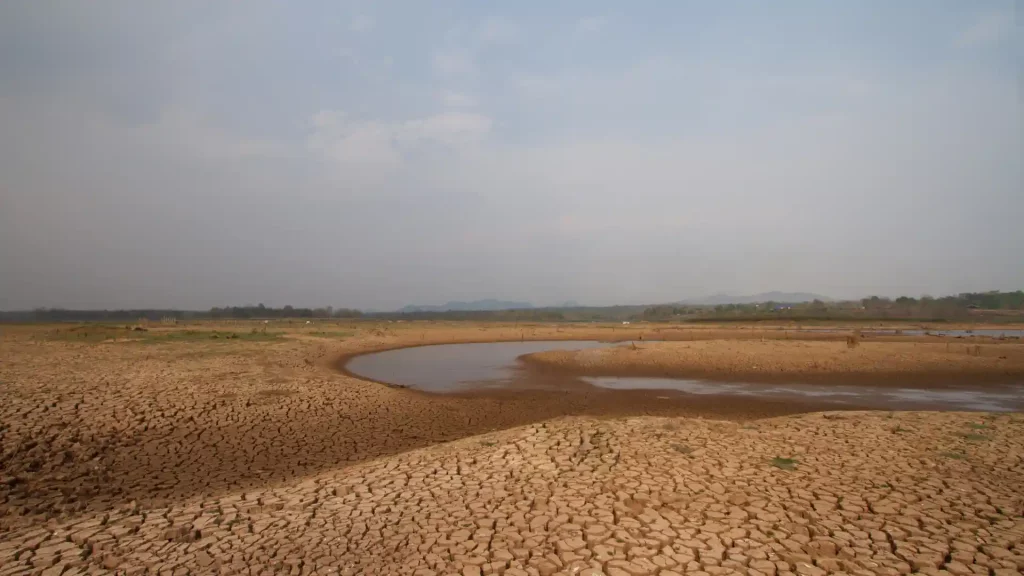As per the report released by the World Resources Institute, 83% of people in the MENA region face a severe water crisis.
Every year on October 16, the world celebrates World Food Day to commemorate the United Nations Food and Agriculture Organisation. And this year, the focus is on water. When we talk about food, we generally don’t take water into account. However, water is perhaps the most indispensable food. It should be conserved, and countries should work together to combat the water crisis – for their own benefit. In this article, let’s find out how the water crisis affects the world economy on a micro and macro level.
The Irony of Water
It’s ironic that despite 75% of the earth’s surface being covered with water, there are at least 25 countries that suffer from extremely high water crises. These countries use up more than 80% of their renewable (in other words, usable) water. As per the report released by the World Resources Institute, 83% of people in the MENA region face a severe water crisis. Next comes the people of South Asia, where 74% of people are exposed to a similar kind of severe water crisis.
A Loss of $260 Billion Per Year
According to water.org, the lack of clean water and the unacceptably long time needed to gather clean water result in an estimated loss of $260 billion. Access to safe water would dramatically decrease the time spent collecting clean and safe water. This time can then be used to earn money or to upskill. However, this is a simplified analysis. There are more reasons why access to clean drinking water amounts to the saving of billions of dollars.
Safe Water Amounts To Better Health. This, In Turn, Helps People Avoid Healthcare Costs
Now, if we delve deeper, we’ll see how access to clean drinking and usable water indirectly saves money.
The most visible cost of the lack of safe water is the fact that every year, millions of people fall ill due to the consumption of clean drinking water and the lack of handwashing facilities. This means billions of dollars are spent yearly to treat people who get ill due to the lack of safe water. According to WHO, diarrhea is the second leading cause of death for children under the age of five.
Thus, ensuring access to clean water would dramatically save billions of dollars in the form of avoided hospital visits. In fact, according to an estimate by water.org, every $1 invested for this purpose would result in the saving of $4 worth of medical treatment costs.
Unsafe Water and The Loss of Productive Hours
There is a strong and quantifiable correlation between unsafe drinking water and the loss of productivity. Lack of clean drinking water makes people sick, and as a result, absenteeism in the workplace or at school increases. For example, according to research by BMC public health, India faces a combined loss of 73 million working days due to water-borne diseases. According to a 2016 UN report, students across the world lose 443 million school days again due to water-borne diseases.
Loss of Earning Opportunities For Women
Another indirect economic disaster caused by the lack of clean drinking water is the fact that it is mostly women who spend hours every day going to distant water sources, collecting water, and returning home. According to Reliefweb, every day women and children spend around 200 million hours every day to collect water. This is an economic tragedy, to say the least. Access to clean water nearby would empower these women to utilise these productive hours in teaching their children, running small businesses, or even doing part-time jobs.
The Solution?
On this World Food Day, let’s not just talk about problems. Let’s look at the solutions as well. Since it’s not possible to fight nature and make it change how it works, we need to work with what we have. And to leverage this, we need technology. Technology can dramatically reduce water crises across the world. A simple rainwater harvesting technique has helped thousands of people in Yemen – a water-scarce country – to harvest rainwater. Fog water harvesting – collecting fog water droplets similarly helped the people of Chile to gain access to clean drinking water that’s within reach. The world needs to invest in more such technology to end the water crisis once and for all.
